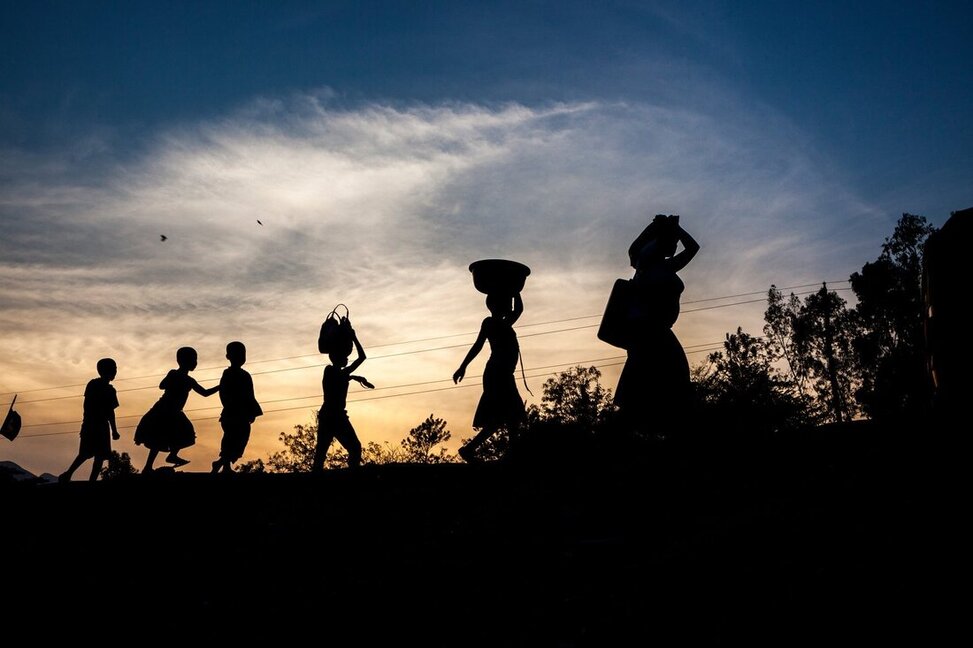|
 This is the title of one of the IOM Brief. According to IOM, environmental changes and natural disasters affect men and women differently and to different extents, mainly due to the fact that the impacts are determined by the social roles and responsibilities they are obliged to take on. Unequal access to information and resources, the extent or limitation of destination options, different employment prospects, different socioculturally ascribed roles and responsibilities, or the restriction of freedom of movement that women in the region experience in their migration. freedom of movement experienced by women in many countries, make it difficult for them to seek refuge when climatic disasters occur. In these contexts, women's rates of death, injury and illness tend to be higher. However, it is also true that in certain situations, men are exposed to more natural hazards, because they are less aware of the risks, and because they are generally and generally take longer to receive assistance in emergencies. Likewise, migrating and thus adapting to climate change is also more difficult for people, whether men or women, who are of lower social class, who have fewer resources. And even in this regard, women tend to be more disadvantaged, as in poorer countries, they tend to have lower levels of education, greater dependence on natural resources for their livelihoods, and face social and political barriers. The report cites as an example the Chitwan Valley (Nepal), where women base their economy on firewood collection. There, the effects of climate change and deforestation undermine their livelihoods. Also in the upper Indus basin, within the Karakiram and Hindu Kush mountains (between Afghanistan and Pakistan), severely affected by climate change (such as floods or droughts), women, due to the preponderance of certain cultural norms, find it more difficult to migrate, as they have to stay behind to take care of agricultural and household work while their male relatives are away. For these reasons, a gender perspective is a crucial factor in understanding the causes and consequences of migration. Integrating gender considerations into the analysis of environmental migration, and supporting research projects in this field, can help to understand how the gender dimension influences the decisions of men and women affected by environmental hazards or degradation and how they are affected by environmental hazards or degradation. understand how the gender dimension influences the decisions of men and women affected by environmental hazards or degradation. This dimension therefore needs to be taken into account in the design and evaluation, both at international and other levels, of migration management rules, policies, strategies, programmes and projects that contribute to limiting rather than widening this gap, and to facilitating adaptation to climate change and environmental degradation. Particularly important is to contribute to implement actions that reduce the vulnerability of populations exposed to environmental risk factors, in order to prevent environmentally forced migration. But also to facilitate migration as an adaptation strategy to climate change, to adapt assistance to populations facing migration, to identify durable solutions adapted to gender-differentiated needs, to promote awareness of gender inequalities in environmental migration, and to promote the equal participation of people in society, regardless of their gender.
0 Comments
Leave a Reply. |
Susana BorràsMarie Skłodowska-Curie Fellow (H2020-MSCA-IF-2020)nº101031252 Archives
March 2023
|
Proudly powered by Weebly




 RSS Feed
RSS Feed